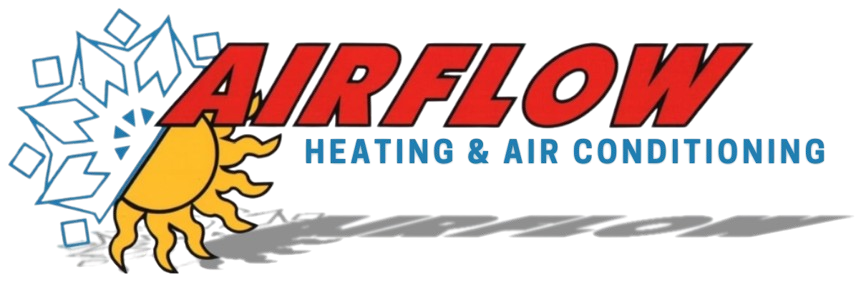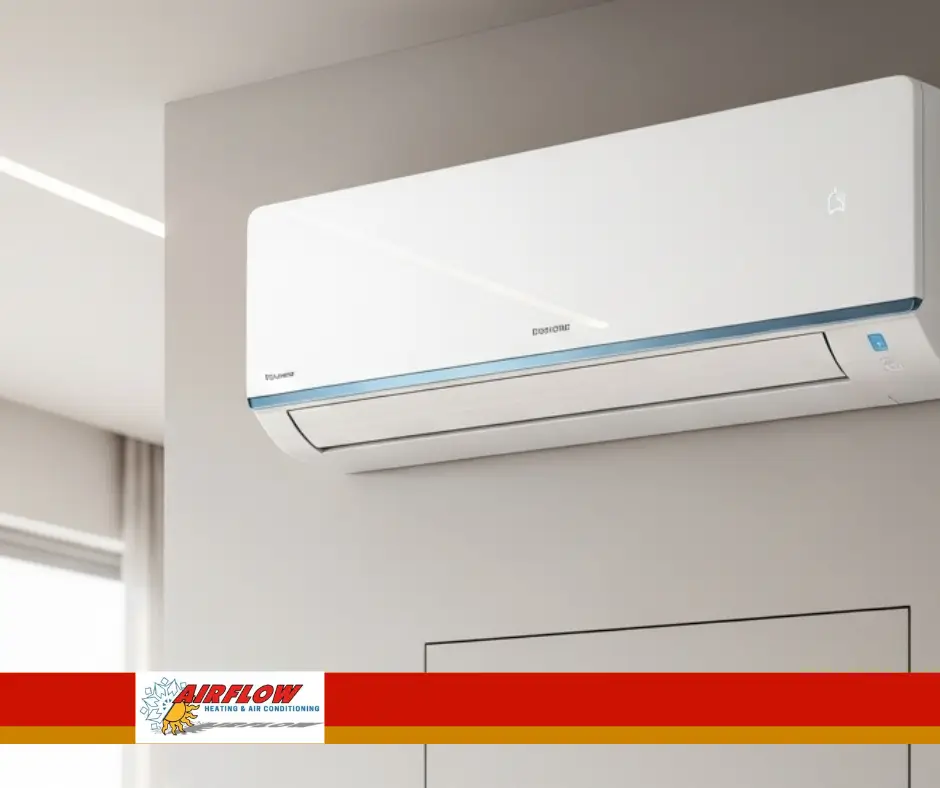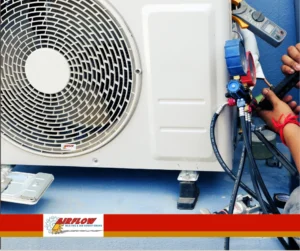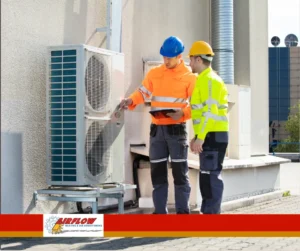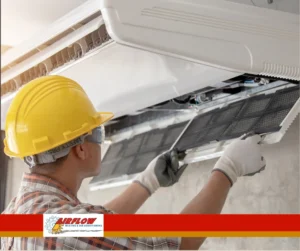There’s nothing worse than your air conditioner breaking down on the hottest day of the year—especially when it could have been avoided. Routine air conditioning maintenance isn’t just good for your comfort—it’s essential for preventing costly breakdowns and extending the life of your system.
Whether you’re a homeowner or property manager, these proactive steps can help you stay cool, save money, and avoid emergency AC repairs.
Why Air Conditioning Maintenance Is Critical
Your AC system is a complex piece of equipment that works hard during the summer months. Without regular attention, parts wear out, filters clog, and efficiency drops. Over time, small issues can snowball into major system failures that require expensive HVAC repairs or even full replacement.
By investing in regular AC maintenance, you gain benefits like:
- Lower energy bills
- Improved indoor air quality
- Consistent cooling performance
- Extended equipment lifespan
- Fewer emergency repair calls
Step 1: Replace or Clean Your Air Filters
This is the most basic yet essential AC maintenance task. Dirty filters restrict airflow, reduce cooling efficiency, and make your system work harder. In most homes, filters should be changed every 1 to 3 months, or more frequently if you have pets, allergies, or live in a dusty environment.
Use high-quality or HEPA filters to capture more airborne pollutants and protect your HVAC system components.
Step 2: Clean the Outdoor Condenser Unit
Leaves, dirt, and debris can easily build up around your outside AC unit, restricting airflow and overloading the system. To maintain efficient cooling:
- Turn off power to the unit
- Use a garden hose to rinse off dirt from the fins
- Trim vegetation at least 2 feet away
- Make sure the unit is level on a firm base
This simple step supports smoother operation and reduces wear and tear on the compressor.
Step 3: Inspect the Thermostat Settings
Check that your thermostat is functioning properly and set to an energy-efficient temperature (typically 76–78°F when you’re home). Consider upgrading to a programmable or smart thermostat that adjusts automatically based on your schedule. This helps reduce energy waste and lessens the load on your cooling system.
Step 4: Keep Vents and Ductwork Clear
Blocked air vents can limit airflow and force your AC to work overtime. Make sure furniture, rugs, or curtains aren’t covering any supply or return vents.
If you notice weak airflow or uneven temperatures, have your ductwork inspected for leaks or buildup. Sealing leaky ducts is a smart part of long-term HVAC maintenance.
Step 5: Clean the Condensate Drain Line
Your air conditioner not only cools but also removes moisture from the air. The condensate drain line channels that water out of your home. When clogged, it can lead to water damage, mold growth, or a system shutoff.
Flush the drain line with a mixture of vinegar and water every few months, or ask your technician to do it during your seasonal AC service visit.
Step 6: Schedule Professional HVAC Tune-Ups
Some maintenance tasks are best left to the pros. A certified HVAC technician will provide a comprehensive inspection and tune-up to ensure your system is operating at peak performance. A professional air conditioning maintenance service typically includes:
- Refrigerant level checks
- Electrical connection tightening
- Motor lubrication
- Fan and coil cleaning
- System performance testing
It’s recommended to schedule these inspections annually—ideally in the spring before heavy use begins.
Final Thoughts: Small Steps, Big Savings
Preventing expensive AC breakdowns isn’t about luck—it’s about smart, consistent air conditioning maintenance. From replacing filters and clearing debris to scheduling professional tune-ups, every step you take helps keep your cooling system running efficiently and reliably.
Make maintenance part of your seasonal routine, and your AC will reward you with years of strong performance and fewer costly surprises. Don’t wait for your unit to fail—act now to protect your comfort and your investment.
READ MORE:
